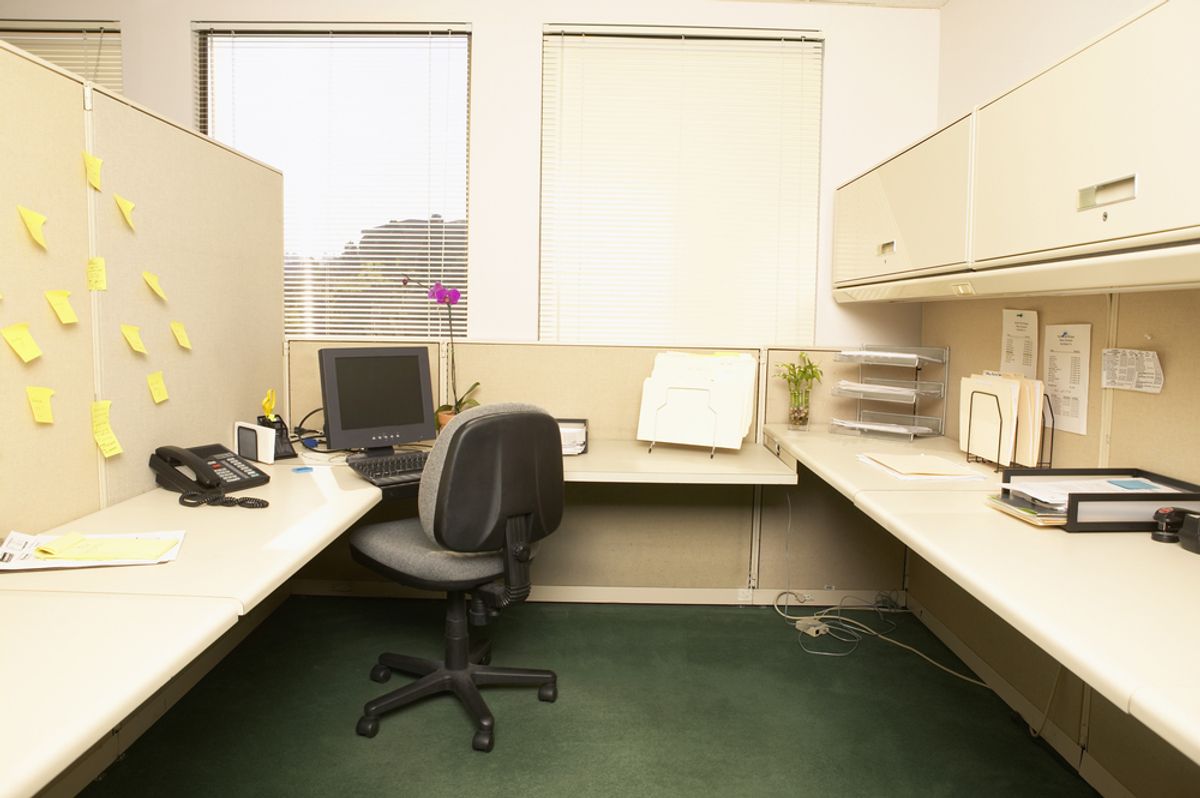 We spend a lot of time indoors. According to one study, employed Americans spend a mere 2 percent of their time outdoors. Some of our time is spent in transit (6 percent), but the vast majority of our time, 92 percent, is spent inside.
We spend a lot of time indoors. According to one study, employed Americans spend a mere 2 percent of their time outdoors. Some of our time is spent in transit (6 percent), but the vast majority of our time, 92 percent, is spent inside.
And according to a new study, all that time indoors is making us stupid.
Published in the journal Environmental Health Perspectives, the study has found that normal indoor levels of carbon dioxide and volatile organic compounds negatively impact human cognitive function and decision-making. These chemicals are found everywhere, from plastics and newspapers to ceiling tiles and vinyl floors. Poor ventilation in conventional buildings was also implicated by the study.
Conducted by a group of scientists from the Harvard School of Public Health, SUNY-Upstate Medical School and Syracuse University, the study adds to a growing body of evidence that indoor air pollution is a serious public health issue. While the vast majority of health-related research has focused on single chemicals, much less is known about the health impact from exposure to a combination of chemicals, as this study investigated.
The researchers observed 24 participants who spent six eight-hour work days in an environmentally controlled office space. On different days, the subjects were exposed to conditions representative of "Conventional" office buildings (which have high concentrations of volatile organic compounds, or VOCs) and "Green" office buildings (which have low VOC concentration). A third condition, labeled "Green+" simulated a green building with a high rate of outdoor ventilation. At the end of each workday, participants completed a 1.5 hour computer-based cognitive assessment test that measured nine functional areas, including basic, applied and focused activity levels; task orientation; crisis response; information seeking; information usage; breadth of approach; and strategy.
The results were striking. On average, the participants' cognitive scores were 61 percent higher on the Green building day and 101 percent higher on the two Green+ building days than on the Conventional building day. The researchers write, "These findings have wide ranging implications because this study was designed to reflect conditions that are commonly encountered every day in many indoor environments."
"Participants spent each day during the test period conducting their normal work activities in indoor environments that are encountered every day by large numbers of workers," said study co-investigator Suresh Santanam. "Because of the controlled way in which the study was designed and conducted within the state-of-the-art lab, we're confident of the results, which are very significant."
The largest improvements in cognitive function test scores occurred in the areas of crisis response, information usage and strategy.
- Crisis response scores were 97 percent higher for the green environment and 131 percent higher for the green environment with enhanced ventilation and lower carbon dioxide levels compared to the conventional environment.
- Information usage scores for green and enhanced green environments were 172 and 299 percent higher than in the conventional environment, respectively.
- For strategy, green and enhanced green scores were 183 and 288 percent higher than the conventional environment.

Shares